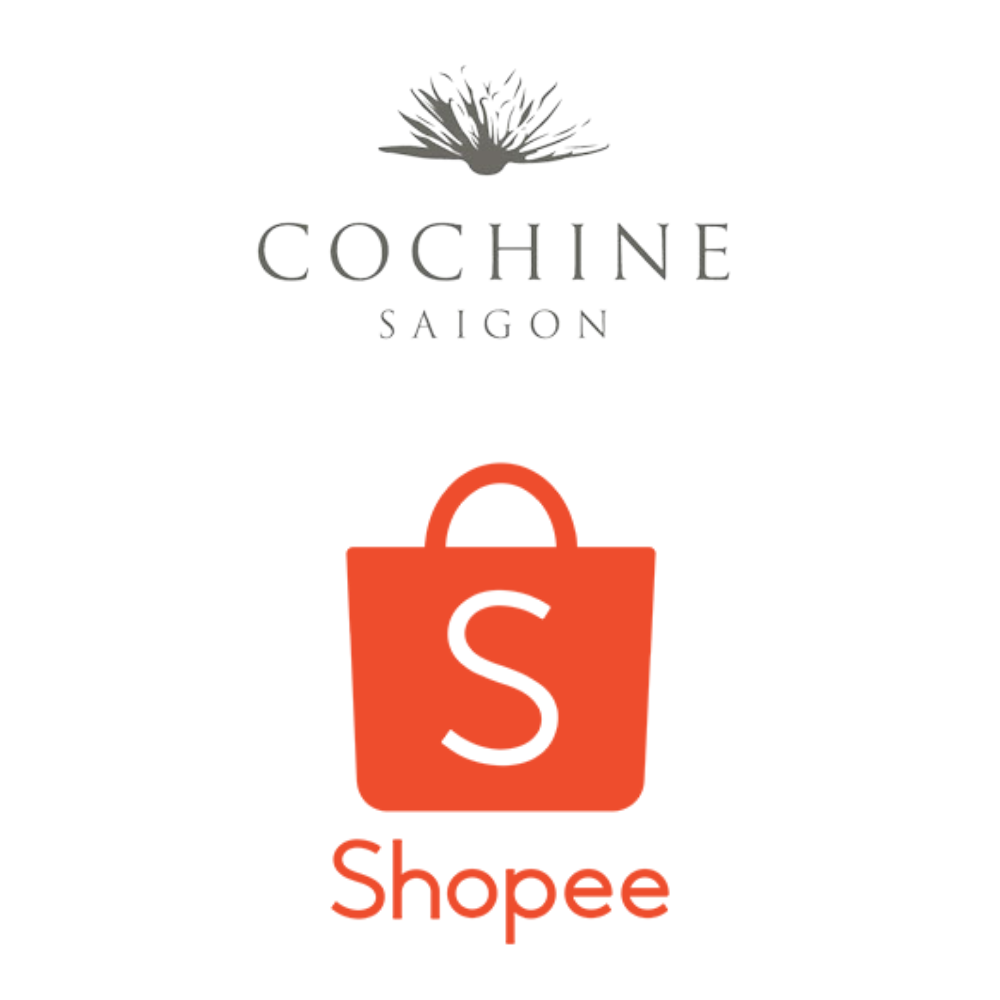Experience Traditional Craftsmanship in Hanoi’s Old Quarter
Tucked within the winding alleys of Hanoi’s Old Quarter, traditional craftsmanship in Hanoi continues to whisper stories through silk, silver, and hand-embroidered linen. While fast fashion fades, these enduring arts some nurtured for over a century offer more than aesthetics; they carry the soul of a people who believe beauty is built stitch by stitch. Whether you’re seeking a meaningful gift or a piece of Vietnam’s heart, these artisan treasures offer refined, lasting value beyond the moment.
What makes Hanoi’s traditional craftsmanship unique?
Traditional craftsmanship in Hanoi’s Old Quarter reflects centuries of heritage preserved by multigenerational artisan families. At the heart lies hand embroidery, a practice born in Quat Dong village and brought to urban guild streets like Hang Theu.
Once a royal and domestic art, this intricate craft is now a living legacy, upheld by family-run ateliers such as Tan My Design. Unlike mass-market souvenirs, often machine-made and anonymous, these houses trace their lineage, techniques, and artisanship with transparency.
Tan My exemplifies this continuity. Since 1969, its founder, Madam Bach Thi Ngai, and four generations after her, have maintained a wholly hand-embroidered standard. Each item is crafted by exclusive artisans, ensuring quality through careful material choices, stitch detail, and a consistent hand-finished aesthetic. Their pieces whether linens, garments, or panels exhibit natural thread shading, clean backs, and heritage motifs, far removed from factory-replicated designs.

Moreover, Tan My marks milestones publicly, such as its 50th anniversary exhibit, and expands thoughtfully into lacquer, silk, and jewelry each rooted in handcraft tradition. Recognition from media, guidebooks, and embassies further authenticates their status as Hanoi’s oldest embroidery house.
In contrast, tourist-focused souvenir shops often lack founder histories, documented provenance, or any ties to Hanoi’s embroidery guilds. Their products rely on machine replication, synthetic threads, and mass repetition undermining both quality and cultural value.
Visitors can distinguish authenticity by asking for a founder’s story, examining stitch work for hand-shading nuances, and seeking signs of cultural anchoring, such as press mentions or exhibition records. Choosing family houses not only ensures elegant, meaningful pieces but also supports the enduring spirit of Vietnamese craftsmanship one stitch at a time.
How do artisans preserve authenticity today?
In Hanoi’s Old Quarter, the soul of traditional Vietnamese embroidery thrives not as static nostalgia, but as a living craft. Artisans here anchor their practice in inherited stitches and motifs passed down through master-apprentice lineages, particularly in revered hubs like Quat Dong village.
These time-honored techniques such as double-sided silk embroidery where start and end points vanish demand years of refinement. Yet, rather than resisting modernity, workshops balance tradition with innovation: adapting designs for export, experimenting with fine silk and chiffon, and creating photorealistic shading effects using only thread.
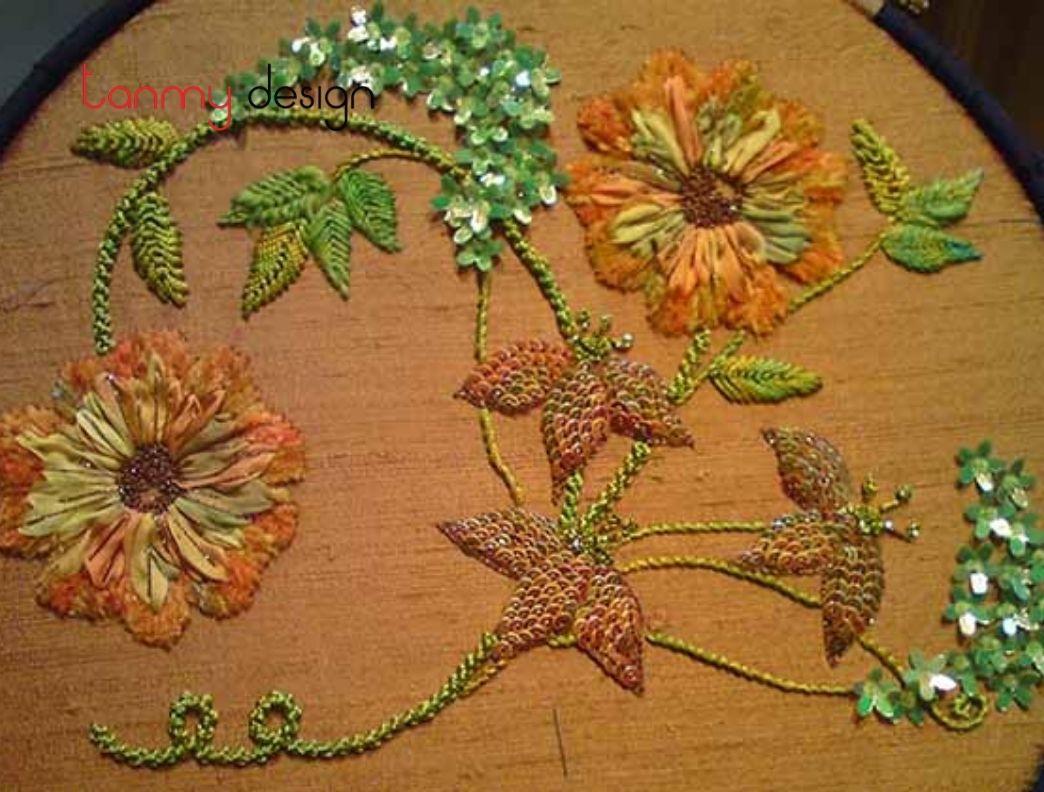
Preservation begins with transmission. In Tay Mo village, veteran female artisans offer free community classes, echoing guild-era training while equipping a new generation. Master Nguyen Quoc Su in Thuong Tin continues daily frame work into his 60s, training successors while showcasing Vietnamese embroidery globally. This stewardship reinforces not only technical rigor but also a philosophy stitching landscapes and portraits as expressive “thread drawings,” where authenticity is measured by soul, not speed.
Crucially, Hanoi’s cooperatives and multigenerational retailers like Tan My uphold non-mechanized production policies. These enterprises carefully curate product lines that reflect contemporary aesthetics while preserving every stitch’s hand origin ensuring elegance never compromises authenticity. Behind each item lies a deliberate safeguard: household-frame models that control fabric, color, and composition; storytelling through exhibitions; and branding that celebrates handwork, not automation.
Through these practices, traditional Vietnamese embroidery remains not only culturally intact but economically relevant connecting cultural explorers, luxury gift seekers, and discerning handmade enthusiasts with something deeper than decoration: living heritage, rendered in silk.
Where can visitors experience traditional craftsmanship in Hanoi?
Hanoi’s Old Quarter offers a rich tapestry of traditional craftsmanship along historic “guild streets,” each dedicated to a specific trade. For visitors seeking an authentic and elegant introduction to Vietnam’s artisan heritage, this central hub blends accessibility, cultural legacy, and curated experiences.
Start with Hang Gai (Silk Street), famed for premium silk, tailoring, and hand embroidery. Here, Tan My Design (61 Hang Gai) stands out showcasing four generations of refined embroidery in a beautifully curated, three-floor boutique. Visitors can explore textiles, lacquerware, and jewelry crafted in limited batches, all within walking distance of Hoan Kiem Lake.
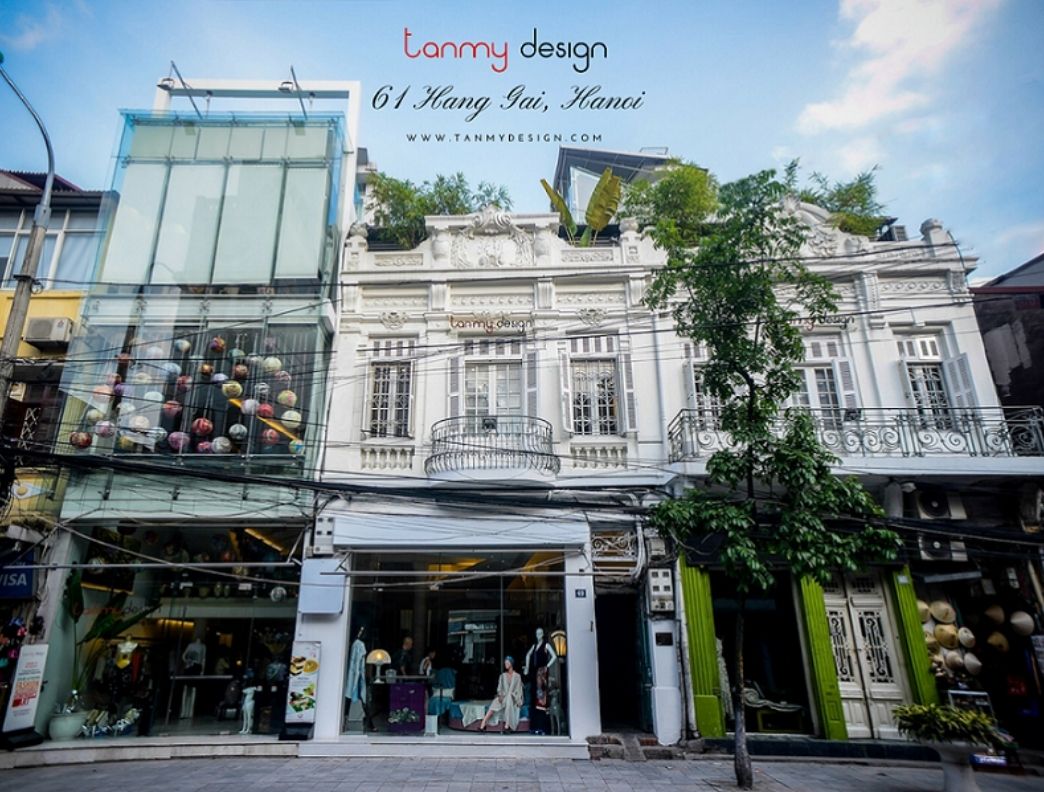
Strolling further, Hang Bac (Silver Street) preserves Hanoi’s silversmithing heritage through its many family-run jewelry shops. Hang Quat features lacquerware and ritual objects like calligraphy and water puppets, while Hang Ma comes alive with vibrant lanterns and festival paper goods, especially during Mid-Autumn and Tet. Lan Ong offers a sensory dive into traditional medicine with herb stalls reminiscent of ancient apothecaries. Nearby, Dong Xuan Market provides a one-stop hub for browsing local handicrafts and textiles.
For a deeper, hands-on experience, consider half-day trips to Hanoi’s nearby craft villages. Bat Trang Ceramic Village (14–15 km away) invites guests to try pottery wheel-throwing and glazing alongside local artisans. Van Phuc Silk Village (10 km out) reveals a serene world of looms, weaving houses, and silk boutiques set in a centuries-old community.
Choose the Old Quarter for time-efficient discovery, cultural charm, and refined shopping. Visit Bat Trang for an immersive ceramic-making journey. Explore Van Phuc to witness silk’s poetic transformation from thread to textile in a traditional setting. Each destination offers a unique way to connect with Vietnam’s timeless artistry.
Why choose authentic crafts for gifts and souvenirs?
Choosing authentic crafts in Hanoi's Old Quarter ensures your gift carries cultural depth, artisanal mastery, and personal meaning far beyond what mass-market souvenirs can offer.
Handmade Vietnamese pieces are not just objects; they’re living testaments to centuries-old traditions. Each stitch or glaze reflects time-honored techniques passed through generations, recognized by city-endorsed festivals and favored by dignitaries for official gifting. Their prestige stems from heritage like Bát Tràng ceramics or Thăng Lợi embroidery and from the unmistakable human touch in every detail.
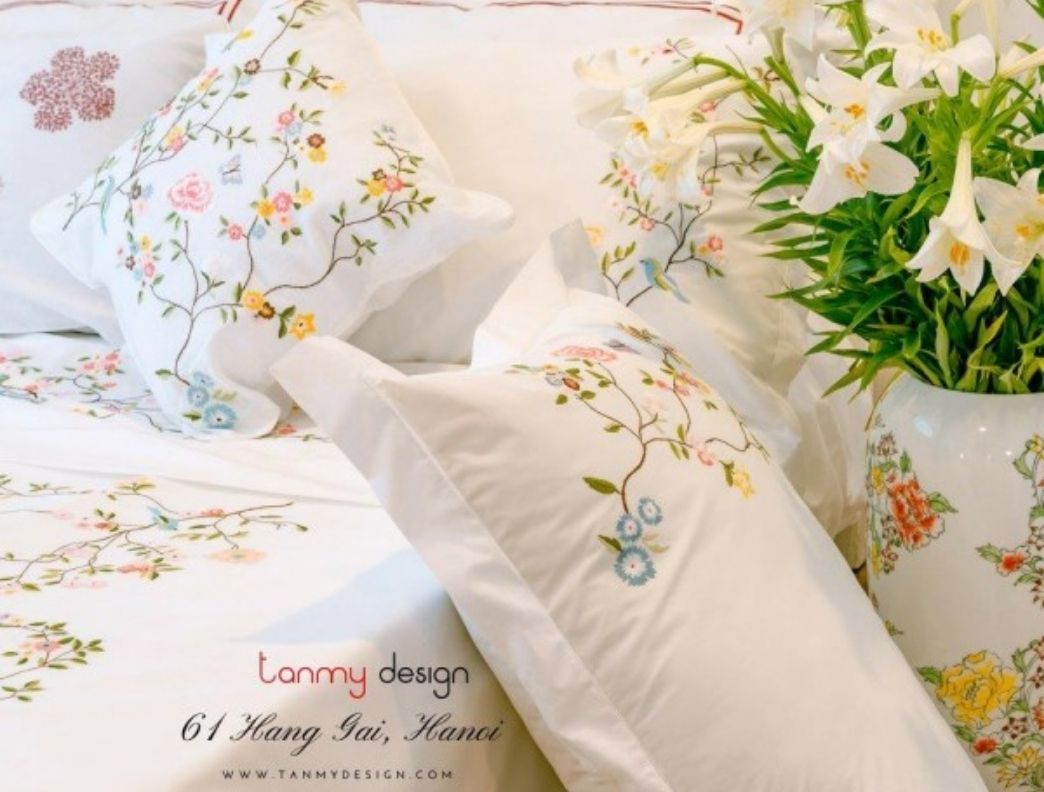
Unlike generic factory trinkets, these gifts support real people: artisans, their families, and their village economies. You're not just buying a souvenir you’re preserving a legacy and fueling responsible tourism that sustains cultural identity in the face of industrial decline.
If you seek a gift that speaks, not just sits, start with authenticity. The heart of Hanoi’s crafts is not what they look like but what they stand for.
How does traditional craftsmanship enrich cultural tourism?
Traditional craftsmanship in Hanoi enriches cultural tourism by transforming passive sightseeing into hands-on, heritage-rich experiences. Since joining UNESCO’s Creative Cities Network in 2019, Hanoi has revived its Old Quarter through artisan-led workshops, restored guild houses, and interactive festivals—turning cultural legacy into modern immersion.
Visitors now engage directly with local artisans through silver engraving on Hang Bac, silk experiences on Hang Gai, or lacquer demos at Dong Lac Heritage House. These curated, participatory moments offer more than souvenirs—they foster emotional connection and appreciation for Vietnam’s living traditions.
For global travelers seeking authenticity, these experiences are proof that timeless craftsmanship isn’t just preserved it’s felt.
To walk through Hanoi’s Old Quarter is to encounter living heritage artisans who don’t just make things, but preserve identity with every thread, carving, and design. In a world chasing speed, their work is a quiet rebellion of beauty and patience. Discover heirloom-worthy gifts at Tan My Design a sanctuary of Vietnam’s finest hand embroidery and craftsmanship for over 50 years. Bring home not just a souvenir, but a story.


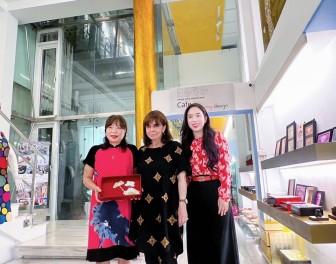
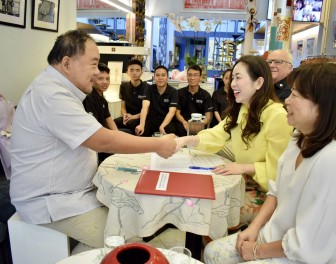
_cr_336x264.jpg)


